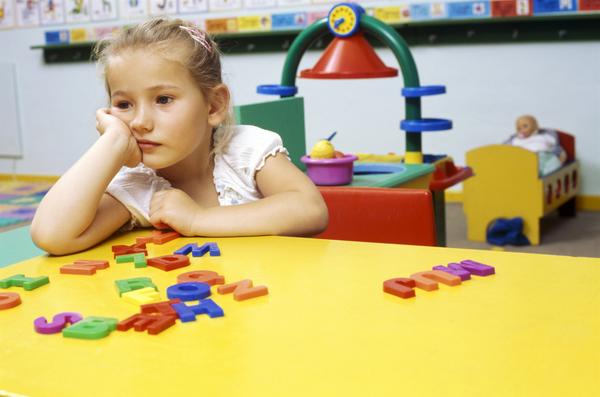Perhaps your daughter’s voice is a bit rough and low, somewhere between Adele and Patty and Selma from the Simpsons. Maybe your son speaks in a breathy, strained and quiet half-whisper, like a Haley Joel Osment Sixth Sense impersonator. Or perhaps, on school days, your whole brood scream and shout themselves hoarse out in the playground and in the backyard after school – like a tribe of Darren Lockyers on helium.
As a parent of school-aged kids, I know there are just so many things to worry about these days. From very serious issues – like protecting your child from abuse and bullying – to everyday anxieties such as the healthiness of your child’s lunch box contents, the logistics of school and sport pick-ups, and shepherding your kids through mountains of homework without tears (theirs or yours).
For many parents, being told your child has a voice disorder is yet another thing to stress about, and one that is often filed in the “if I get to it” sub-folder of your parental in-box. For some parents, voice disorders can sometimes seem like a lower priority for kids who also have problems with speech sounds, language acquisition or reading.
So why should we care about kids’ voice disorders? Here are 4 reasons:
- Not all childhood voice disorders are caused by too much shouting and screaming. “Vocal abuse” and “phonotrauma” are both polite ways of describing the damage some kids do to their voice boxes from being too loud, for too long. This type of behaviour can causes nodules – benign growths on the vocal cords like callouses, that can make your voice sound rougher and lower than normal. Sometimes, however, voice disorders are a sign of serious medical conditions like re-current respiratory papilloma – which can be life-threatening, if not detected by an Ear, Nose & Throat Specialist in time.
- Although common childhood voice disorders caused by too much shouting and/or nodules often resolve at puberty, about 15-21% of cases do not; and fewer girls recover naturally than boys (De Bodt et al., 2007).
- Children with vocal fold nodules are more likely to ‘act out’ than children without voice disorders (Merati et al. 2008). This type of behaviour can cause problems at home and at school.
- Children with voice disorders commonly report social exclusion, missing out on events, hesitancy participating in classroom activities, embarrassment, frustration, and attracting attention because of their voice (Connor et al., 2008).
In short, voice disorders need to be checked to rule out serious health issues and – even if temporary – have a big impact on kids’ participation at school and in extra-curricular activities, and their quality of life, generally.
So what can be done about voice disorders in children?
Glad you asked – we’ll be covering this in our next couple of articles on child voice disorders.
Related articles:
Key Source: Verdolini Abbott, K. (2013). Some Guiding Principles in Emerging Models of Voice Therapy for Children. Seminars in Speech and Language, 32(2), 80-93.
Image: http://tinyurl.com/kpxunbt

Hi there, I’m David Kinnane.
Principal Speech Pathologist, Banter Speech & Language
Our talented team of certified practising speech pathologists provide unhurried, personalised and evidence-based speech pathology care to children and adults in the Inner West of Sydney and beyond, both in our clinic and via telehealth.


Leave a Reply